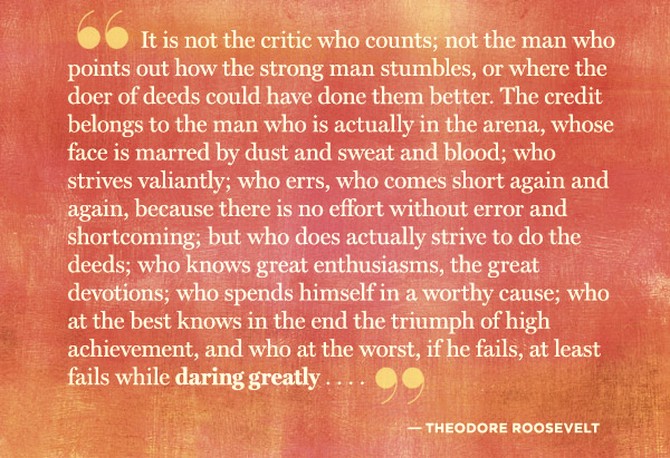Last week, I came across this tweet from Amy Fast:
We cannot change human behavior by solely providing consequences & discipline. You also cannot change human behavior by solely empathizing & supporting. It’s often the combination of hope AND discomfort that ultimately compels us to change. This is true in education & in society.— Amy Fast, Ed.D. (@fastcrayon) April 5, 2019
Immediately, my mind went to my efforts over this school year with Safe Routes to School. One of the very first things we learned is that a successful SRTS program requires comprehensive efforts from all of the 6 E’s: Engineering, Enforcement, Encouragement, Education, Evaluation, & Equity.
When school leaders are frustrated that parents are disregarding their Safe Routes programs or policies, it’s likely the answer lies not in “entitlement” or “laziness,” but in a need for further support & guidance.
The National Partnership for Safe Routes to School has provided an excellent online guide that shares strategies and case studies for each of the 6 E’s. If you have any connection to Safe Routes at your school, I highly recommend digging in!
Back to the classroom. As Amy Fast described in the tweet above, we need a mix of strategies in order to affect human behavior. Here are my connections for each of the SRTS strategies to the classroom. Especially as some students struggle with the adjustment in coming back from Spring Break, I hope this is a timely post for anyone looking for ways to bolster their classroom culture!
Engineering: In Safe Routes, this is design. It might be crosswalks, bulb-outs, flashing lights. In our classrooms, it is how we construct that “third teacher” for learning & appropriate behavior.
Enforcement: In Safe Routes, this is police or safety patrol monitoring. In our classrooms, this comes back to our classroom expectations.
- Do you hold regular class meetings to help reinforce expectations? Key here is regular; if they only happen to lecture students for poor behavior, they will not be as effective as meetings that students know they can always depend on for housekeeping outlets & community-building.
- Do you emphasize and purposefully work on developing self-regulation skills?
Encouragement: In Safe Routes, this is fun, excitement, & interest. In our classrooms, this is the way we celebrate together & make our classrooms places to look forward to being in.
Education: In Safe Routes, this is providing safety training & spreading awareness of SRTS goals. In our classrooms, this is ongoing efforts to work toward the why & how of learning & behavior (and not just the what).
Evaluation: In Safe Routes, this is assessing our effectiveness & program course-correction. In our classrooms, this is assessments for our content, yes, but it’s also assessing the culture in our classroom.
Equity: In Safe Routes, this is accessibility, normalization, & stakeholder voices. In our classrooms, it’s the same thing!
This is not intended as a comprehensive or a condemnatory list. Just as a Safe Routes program is always tinkering and working toward stronger strategies, so, too, will we tinker & experiment with our teaching and learning. What are other strategies you would bring to the table?
featured image: DeathToTheStockPhoto









































